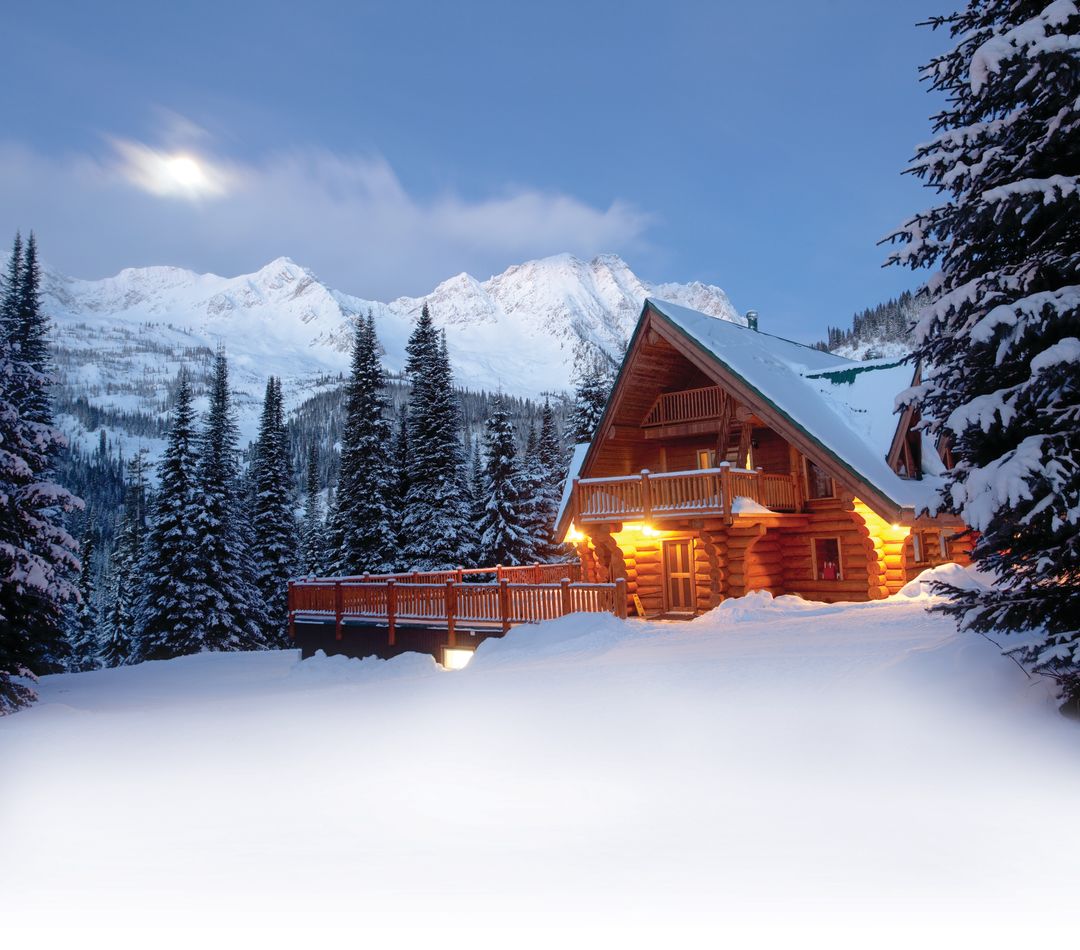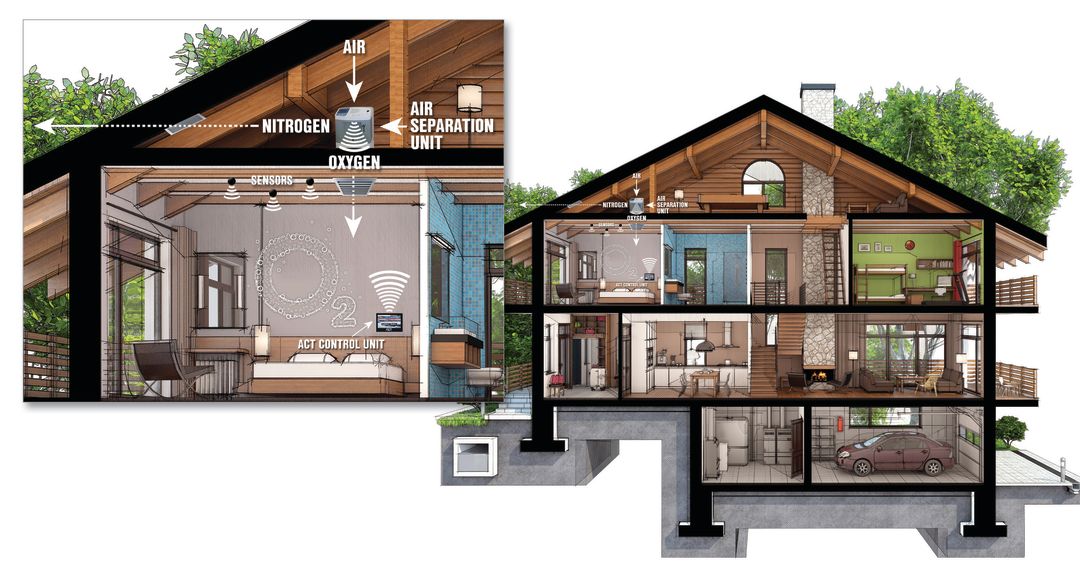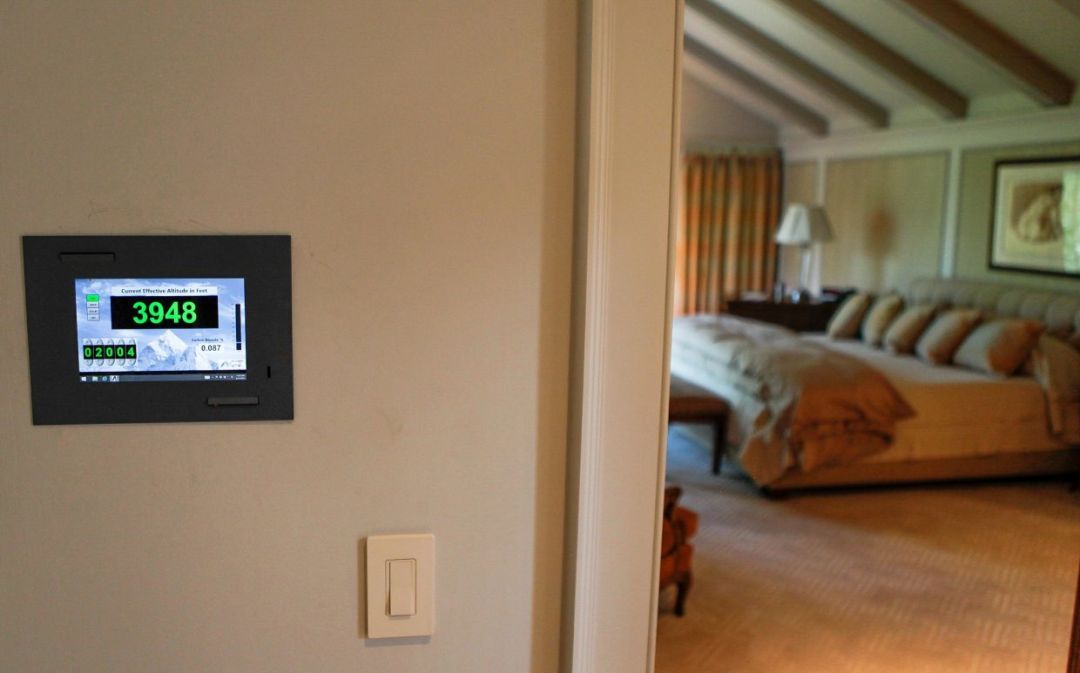If you love the mountains but visiting or living at altitude makes you toss and turn in bed, you’re not alone.

IF YOU LOVE THE MOUNTAINS but visiting or living at altitude makes you toss and turn in bed, you’re not alone. Oxygen levels in most Colorado ski areas are about 30% lower than at sea level, and according to altitude physiology experts most people have difficulty sleeping in our thin mountain air.
When you come up to higher altitude, every lungful of air you take provides fewer oxygen molecules to your body. Because there is less pressure at altitude, air is not condensed, and because it’s not concentrated you’re breathing thinner air. Consequently, at altitude you’re getting less oxygen.

Lack of Oxygen
Insomnia is a common reaction to visiting high altitude areas, along with other symptoms that include headaches, fatigue, digestive issues and nausea. Yet altitude-induced insomnia is different than altitude sickness and may not improve even with long term acclimatization.
“One of the main reasons many people often don’t sleep well at altitude is because when you go to altitude your body goes through a variety of adaptations as it’s trying to make up for the lack of oxygen,” says Larry Kutt, CEO of Altitude Control Technologies.
Lack of oxygen triggers an unstable breathing pattern during sleep as the body struggles to restore normal oxygen levels. These breathing patterns — deep breaths followed by 5- to 15-second pauses in breathing — occur even in healthy people at altitudes above 6,000 feet and disrupt sleep even for people who sleep well at sea level.
“So instead of sleeping all through the night, you’re going through this period of breathing, not breathing, waking, dosing back off, waking back up, and you get into this cycle where you just don’t get good rest, and that’s why people can feel pretty bad at altitude,” Kutt explains.

Altitude Simulation
Adding oxygen to your bedroom can create the same oxygen levels found at sea level and eliminate the cause of high altitude insomnia. An in-home system created by Altitude Control Technologies extracts oxygen from ordinary air, via a molecular sieve, then delivers the oxygen to your bedroom. Sensors for oxygen, air quality, and barometric pressure coordinate with ACT’s proprietary control system. The system restores normal oxygen levels and simulates a lower altitude in your bedroom that is the equivalent of descending about 7,000 feet. While your house may be at 9,000 feet, this technology produces an oxygen level equivalent to 1,500 feet, and eliminates altitude-related sleep issues.
“A lot of our customers are full-time residents of the mountains,” Kutt explains, “and as they get older they don’t always process the oxygen as well as they’d like too, and consequently they don’t feel well. So for many people who are trying to stay in the mountains, this helps to make them feel healthy and energetic again.”
Altitude Control Technologies provides altitude simulation systems to thousands of customers including Harvard Medical School, Naval Air Systems Command, the FAA, and the Smithsonian. The company is advised by a renowned group of science advisors comprised of leaders in the field of altitude physiology from the University of Colorado School of Medicine, the University of California School of Medicine, the Institute for Altitude Medicine, and William and Mary’s Altitude Research Center.

“It’s just about physiology — how your body responds to different oxygen levels, and we understand that,” says Kutt. “We understand what needs to happen to make the body respond in the way it needs to for you to feel better at altitude.”
The system meets CDC standards for safe oxygen, NFPA standards for fire safe oxygen use, and OSHA standards for air quality. The system is usually installed in about two days. Anyone who is interested can talk to a specialist at Altitude Control Technologies and they’ll come out and take a look at your house, measure it, and provide a proposal.
Altitude Control Technologies can be reached at (970) 528-1300 for additional information or at their website, www.ACT-O2.com
https://www.aspensojo.com/sponsored/2019/12/trouble-sleeping-at-altitude-a-new-solution
